Web of the City by Harlan Ellison is the author’s first novel, beautifully republished in Hard Case Crime’s definitive collection. From the jump, it’s obvious that Harlan is a skilled wordsmith– and his prose has all the bleak accoutrements of the most skilled hard-boiled writers. Yet initially the book reads like “West Side Story”, with Jets and Sharks (now Cougars and Cherokees) dancing down the paragraphs. But any resemblance to the musical classic is brutally shattered by horrible (and frightfully realistic) violence mere pages into the work.
Russell “Rusty” Santoro was the leader of the Cougars, but now he wants out. In his neighborhood, he’s a traitor and a chicken- to his mother, a disappointment- to his sister, an embarrassment. As he copes with unexpected loss and the inner turmoil of his shifting morals, he’s filled with the hope for a future that he may never obtain.
Today had taught him something. The break had to be a violent and final one. No one gradually grew away from the streets.
Web of the City vs. the Noir Definition:
1) The Seedy Underworld
The setting for Ellison’s creation is the gritty crime-centric streets of New York City. Almost post apocalyptic in its rendering, the violent youth control their progenitors with the looming threat of chaos. Drugs, sex, money, and power drench the streets with the portent of ‘rumble.’
It was a gaping hole in a line of apartment buildings. The street was run-down. The houses had once been stately brown-stones, but refugee owners had divided each apartment into dozens of minor one-room closets and had rented them to Puerto Ricans, fresh to New York. It was a dirty, noisy street with cardboard milk cartons crushed flat in the gutters, battered garbage cans on the sidewalks and obscenities chalked on pavements and walls. Laundry hung from windows. The smell was oregano and some sweet, the odor of cigarettes and pine cleanser fighting a losing battle with dirt-caked corners. It was a depressing street. It was all too familiar to Rusty. It was typical.
2) The Anti-Hero
Rusty is a Salinger-esque creation– a hard-nosed kid who understands the language of the streets yet despises the dialect. He’s a dynamic anti-hero who you’ll applaud even as he drowns in the slime of his own poor choices. He despises his father for abandoning his family, yet he obliviously imitates this behavior. I was pleased with his complexity and irked by his weaknesses– he not only moves through the drama, he creates it as well.
But there seemed no way out, no way to escape being dragged in. It somehow, terrifyingly, seemed predestined. He was forging his own chains.
3) The Femme Fatale
Rusty’s girlfriend Louise “Weezee” seems the obvious cast for the femme fatale, but she doesn’t fit the part. The real femme fatale is Dolores “Dolo”– Rusty’s younger sister. Introduced to the gang world by her older brother, she becomes the embarrassed sibling of a ‘chickie’ traitor– and her shame drives a painful wedge between the two. When her anger and recklessness places her in danger, Rusty must plunge himself back into the gangland to pull her out. Her actions are fatal to his newly woven moral fiber.
4) Misogyny
The women in the plot are sexual play-things– possessed by the strongest ‘studs’ in the gang. Rusty’s view and treatment of females is challenged and altered throughout the text, but the changes are neither easy nor swift. The older women in the Puerto Rican community demand more respect, yet it’s seldom given. The tradition of abuse, marginalization, and disloyalty are too ingrained; a culture of heartbreak.
He took her with him in the way the rules decreed. Not by the hand, gently, as he wanted to for that would have left her confused– but with the hand at the back of her neck. Commanding, leading, directing, roughly, the way a mean stud did it to his broad.
5) Redemption
Redemption is the strongest theme in the novel– Rusty’s desire to redeem himself from his past, and to redeem his sister from her present, motivate his every action. The central conflict orbits about his struggle to utilize his new morals in world that lacks them– and the guilt that grips him when he fails to do so.
6) The Loss of Innocence
Rusty feels the most anguish over inducting his sister into the gang world. He feels as though he robbed her of her innocence, and destroyed the only pure influence in his life. This guilt knits his fate to hers, and drives him to desperation. (Love and guilt are his slave masters).
7) Smoke
More reefer than tobacco, the silky signal of addiction hangs thick over the streets and crawls across the minds of the indifferent youth. They’re inoculated from their guilt by both druggy haze and habit.
Rusty dragged out a cigarette, lit it by snapping his thumb against the head of a kitchen match. It flamed abruptly, casting a bloody shadow over his face.
8 ) Emasculation
As Rusty surrenders his leadership of the Cougars, his masculinity is immediately challenged by his former friends and allies. He’s ruthlessly teased and abused until he’s willing to stoop to their level of violence again (the only language they understand). His journey through the piece is fraught with constant challenges to his self-constructed definitions of masculinity as a basically fatherless loner in the ghetto.
Web of the City is not the best work of noir crime fiction that I’ve ever read– but it sure was fun to read. Harlan does come across as a novice, but his passion more than makes up the difference. You can get it here.




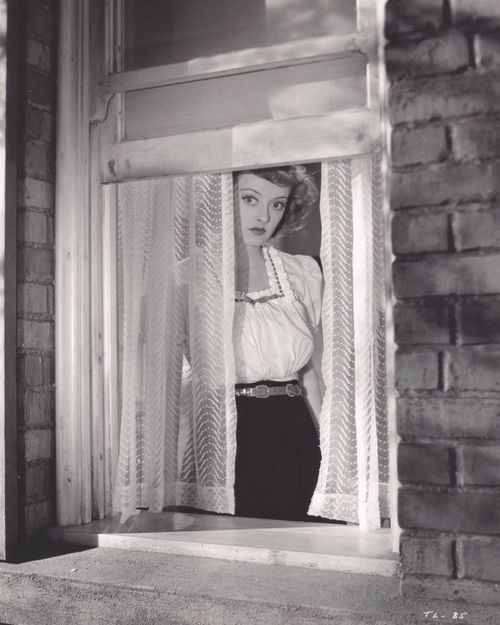
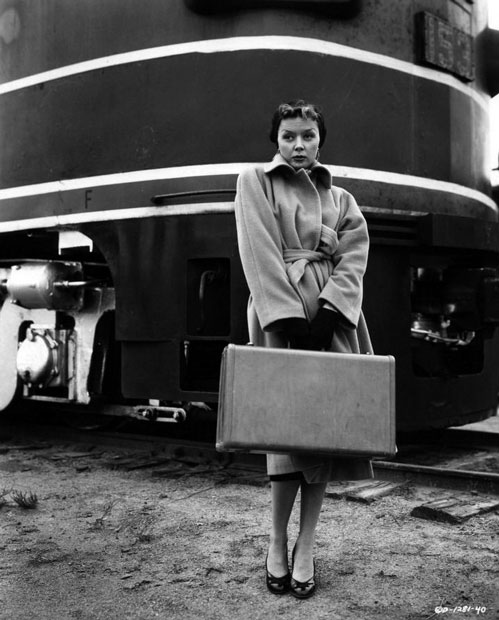

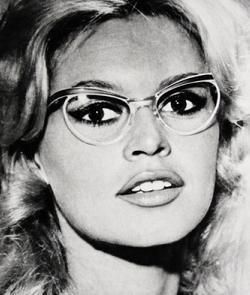
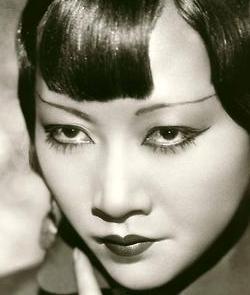

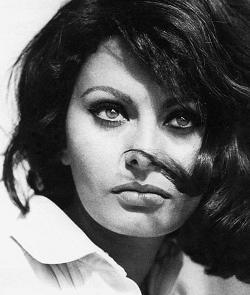
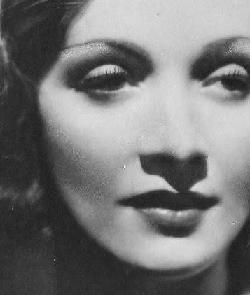
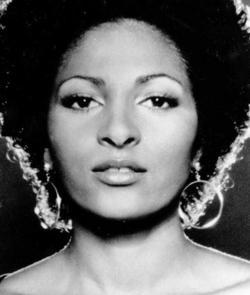
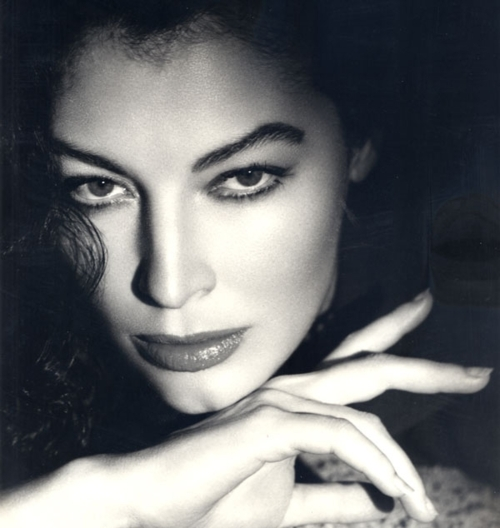


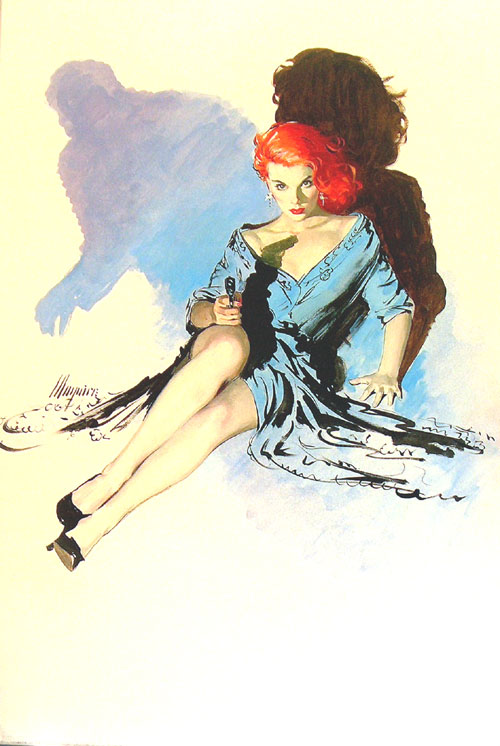
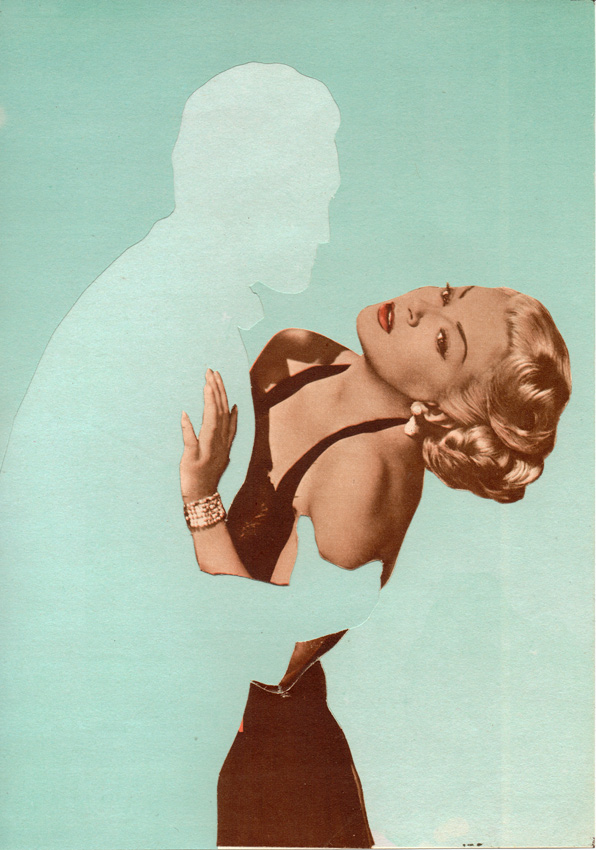

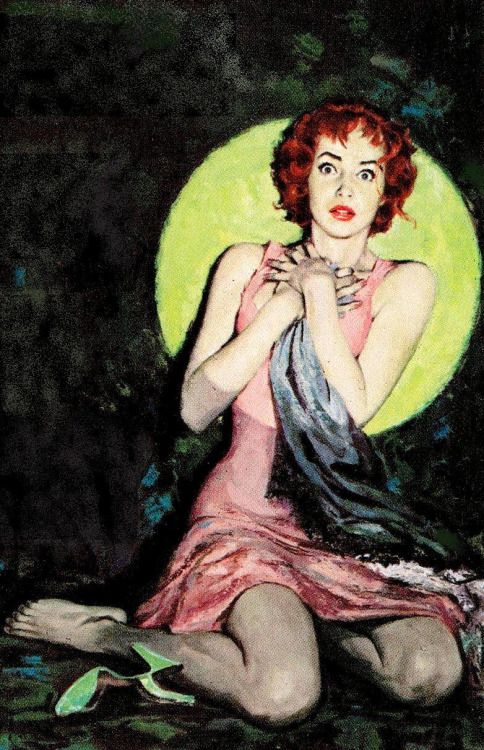
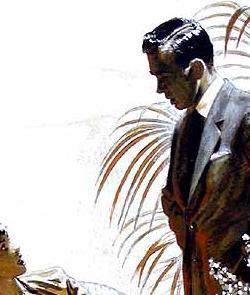
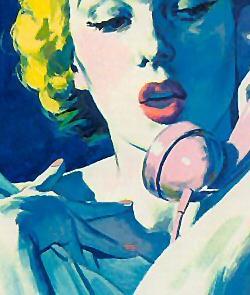
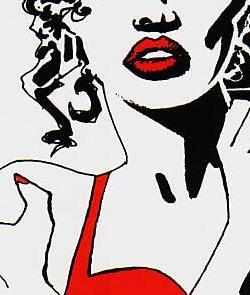
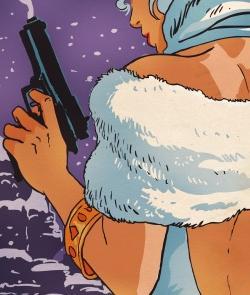
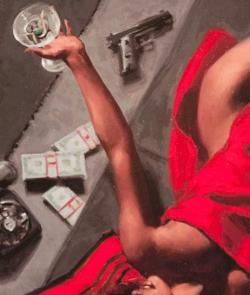
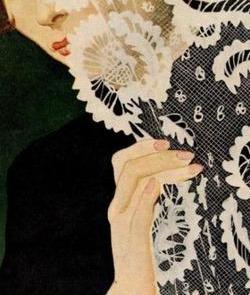
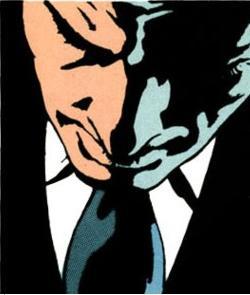

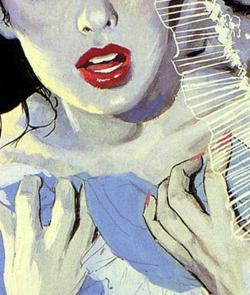
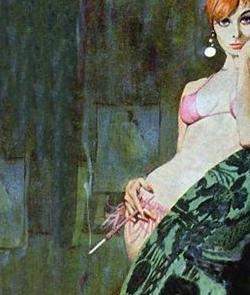
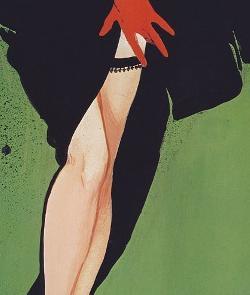


A reblogué ceci sur A JACOB CRIMINOLOGY and commented:
Add your thoughts here… (optional)